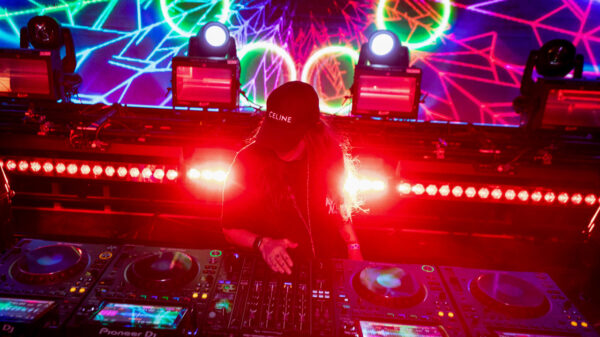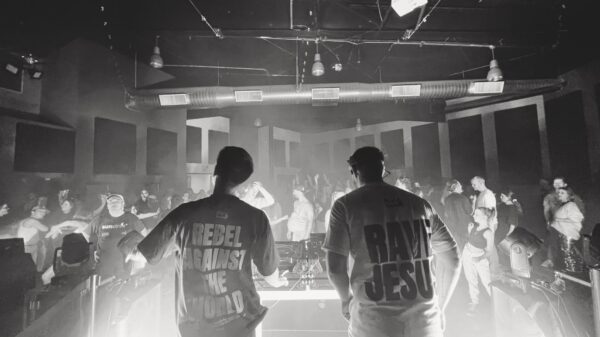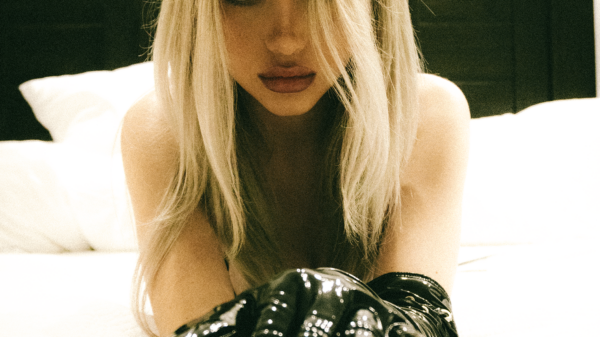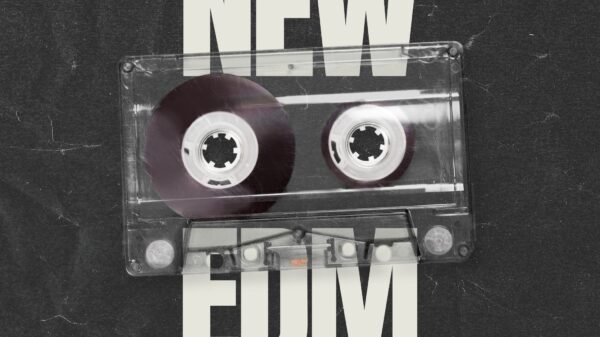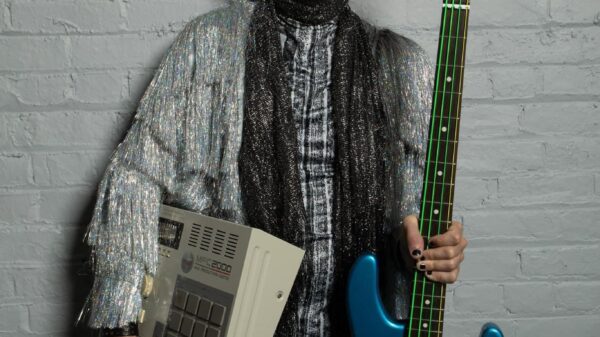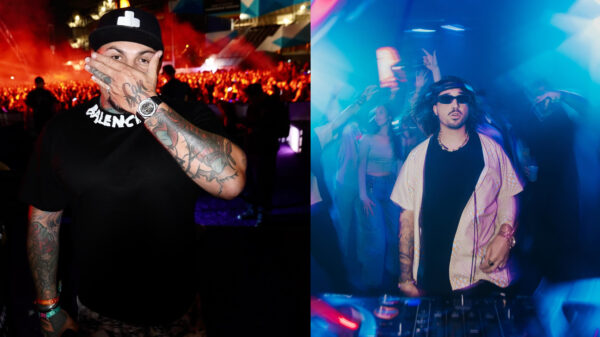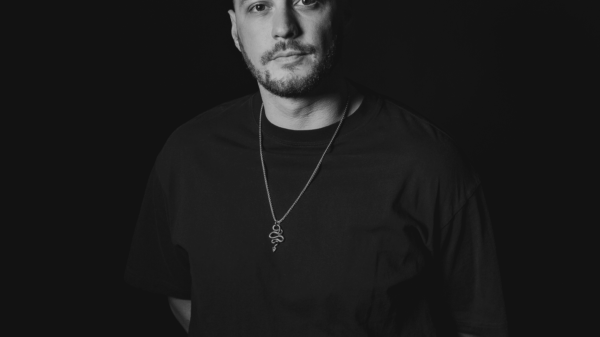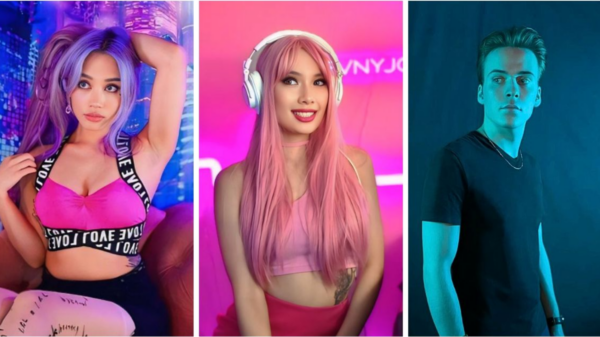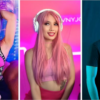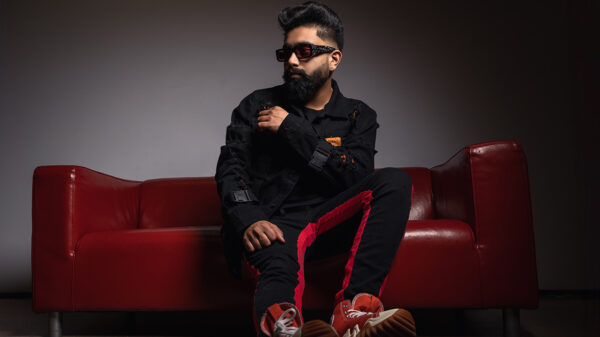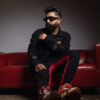Remix Culture & EDM Trends
We all know that electronic dance music is born from the remix. The culture itself revolves around sampling and imitation of great artists who came before. You may be thinking, “Well didn’t the artists that came before also copy their predecessors?” You’d be right about that, but they didn’t have Soundcloud and social media in the way we do today. The internet has become a powerful tool for promotion yet so far it has only managed to make the music industry more ambiguous and harder to get into.
How do you get a foothold in an industry that is completely oversaturated with millions of kids and their Laptops? Remix of course! The Chainsmokers said it themselves in a video interview with DJ City that attaching your name to an artist or work that is bigger than you will give you the attention you need.
“So what’s your point?” you may be wondering. Well, the point is, the Chainsmokers are a prime example of what EDM is and has become, and undoubtedly where it is going next. As a chain reaction of up and coming producers are following suit by copying the Chainsmokers “Popified” style; at some point, maybe we should ask ourselves, is this what we want?
Everything is a Remix
A counter argument to the latest unoriginality we face in the electronic music world is that everything is a remix. We hear, therefore we are.
This is indisputably true, as sad as that fact may seem. Every idea we come up with is generated out of everything we have ever consumed aurally or visually. This point is illustrated further in Ted Talk by Kirby Ferguson, a famous filmmaker and self proclaimed remixer.
This may be borderline tangential but bear with me.
Do we need to be conscious of what kind of internet we want to use? One that is corporately controlled by large tech corporations that decided what creativity looks like? Or an open source, pluralistic and artistic space where anyone can communicate? The concept of remixing has been around for millennia. Long before Daft Punk played on top of the pyramid, artists were copying each other through music, literature, illustration, theatre, and more. It is only recently however that our interconnected world has taken every musical idea imaginable and scattered them across the web for us to find and consume. In a place as vast as the internet, it’s a wonder how any artists of any medium could ever be as famous as the Chainsmokers, let alone in such a short time.
So what makes a song or track original? What creates that fire and catchiness that makes us wanna dance?
Well, it’s not magic, it's the art of pop music and the practice of making the familiar feel new and fresh.
The Chainsmokers music in and of itself is nostalgia at it’s finest. So where did they get their start?
Rise of the Chainsmokers
Initially having met in 2012, the two DJ’s turned Producers are based in New York and started out there. In 2013, the duo went viral with the self-proclaimed “Joke” “#SELFIE” A Party Rock mimic that ricocheted off the charts just as simple pop raver tracks were reaching an all time high, and EDM made its entrance into the mainstream.
Since then the two have strayed from their first style and gone from selfies to Grammy’s as Drew Taggart and Alex Pall, have achieved headliner success with every release.
How did they do this? By finding the perfect combination of catchy progressive chords and simple melodies that are mirrored by sweet, airy, up-and-coming female vocals such as Halsey, Phoebe Ryan, and ROZES to name a few.
Success in collaboration, combine and conquer!
Good artists copy, Great artists steal
Above is a famous quote from none other than Pablo Picasso. (If you live under a rock and haven’t heard of him let’s just say he made some pretty rad and trippy art that spawned many of the visuals you see at festivals.)
When applied to pop music today Pablo’s words aren’t just a quote, they are a fact.
Most radio hits and bangers follow a similar euphoric vibe with straightforward and catchy melodies that have a habit of following the lyrics note for note. Until of course, you reach the hook/drop where things get simplified even more as the vocals cut out and were all dancing our heads off.
Some prime examples of this are Major Lazer and DJ Snake’s “Lean On,” Mike Posner’s “I Took a Pill in Ibiza,” Justin Beiber’s “Sorry,” and of course the Chainsmokers “Closer.”
These songs are part of an inbred pop hybrid that has become the standard of popular music today. All of which mimicking each other while sampling, reusing, or outright copying catchy songs that came before.
The Chainsmokers do this all the time. And by no means is this article meant to be an attack on the beloved DJ's, but in the buzz of their recent Grammy win, they make the perfect example.
Case in point “Closer” is a combination of Fettwayp’s “679” (Second verse) and the 2005 song “Over My Head (Cable Car),” by the indie-rock band the Fray. The second of these two examples is the most embarrassing as according to the database maintained by the American Society of Composers, Authors and Publishers, The Fray have discretely been credited as cowriters of the chart-topping track.
Furthermore, In my opinion, the last rhythm section of “Paris” sounds uncannily similar to “Midnight” by M83.
Heck, they even copy themselves, as shown in this funny parody by Danny Gonzalez:
The same yet different.
Young producers the world over have been imitating this new style by fusing hip-hop and R&B with Melodic Trap and Progressive House to create the ongoing genre experiment “Future Bass.”
Meanwhile, thousands of remixes of the Chainsmokers songs are being pumped out in the hopes of gaining more followers.
So is there anything inherently wrong with this?
Influence on Pop Music
The combination of all of these factors has had a profound and noticeable effect on Pop music as Electronic producers continue to mingle with the top 40.
Overall, many of the traits that make Electronic music so unique, such as sampling, synthesis, and vocal patching have become commonplace in modern music.
Try and pick out below which is EDM and which is not:
The themes and concepts are entrenched in the top pops.
So what does all this mean?
EDM – A Genre Redefined or Undefined?
It’s evident that Electronic Dance Music has come out of the clubs, basements and bedrooms into a driving force of sampling and collaboration.
Every other pop song uses a sampled kick and or familiar melody with electronic instruments. By the looks of things, EDM is cohesively bonding with pop to the point of ambiguity. When most people hear EDM, they think of it as pop music. Rightly so as most of it is these days. But where is the line drawn?
You could argue that EDM has many other genres and sub-genres that appeal to a variety of niches and crowds (not to mention remixes). But many are so different or grounded in their roots of sampling each other that they’re almost an entirely different genre, each of them unto themselves.
Much like the English language makes up new words every year, we Make Up new genres. Once again we have to ask ourselves, is this what we want? What is EDM? The truth is it’s largely undefined yet continually redefined at the same time, ever evolving as new artists copy and great artists steal.
Besides, pop itself, it’s the only genre that does this to this extent. Maybe that’s why we love it so much, or maybe that’s why some critiques say Electronic Dance Music is dying.
Is it time we came up with a new name for EDM? Do we continue to support our favourite EDM artists turning coats and producing tracks closer and closer to pop music?
Take it all with a grain of salt, however, as Food for thought.
As a producer, do you consider yourself a remixer or an original artist striving for unique sounds?
Let us now and tell us why in the comments below or feel free to hit us up on social media.
References:

